As the countdown to the Concours du Meilleur Sommelier du Monde (A.S.I. Contest of the Best Sommelier of the World) ticks away, The Real Argentina continues with part two of its somms series. Given that it’s the first time that Argentina will host this prestigious competition, it’s the perfect time to find out more about this exciting profession.
Here, we meet some of Argentina’s most respected sommeliers who impart eonological wisdom around the country. Introducing Gabriela Lafuente from El Baqueano, ranked 15th in Latin America’s 50 Best Restaurants 2015; Juan Giacalone, Argento’s sommelier; Mariano Braga from Pampa Roja; Matías Chiesa from Restó, ranked 43rd in Latin America’s 50 Best Restaurants 2015; and Valeria Mortara from Faena.
What does being a sommelier mean to you?
Gabriela Lafuente: The figure of a sommelier is pretty wide and in my case this definition can span lots of things. A sommelier is in charge of communicating and suggesting drinks according to the consumer. It’s also very important to be up to date. We are a link in the chain between grape-vine-work until it reaches the consumer at the right moment.
Juan Giacalone: In my case, it’s a way of life. A wine lover and a wine culture lover, a communicator that connects producers, winemakers and products with consumers. A creator of moments of knowledge and pleasure.
Mariano Braga: A difficult question to answer because, truth is, I’ve been through various facets of the profession over the past few years. Teaching for years, a journalist and since last year, in service at my restaurant Pampa Roja in Santa Rosa. So I’d say that being a sommelier in my case symbolises the possibility of exploiting a passion from a thousand corners but, whichever one you work in, with the same focus: that more and more people get involved with enjoying wine.
Matías Chiesa: Being a somm, as any role you cover within restaurant service, is to take care of your host. When you start feeling you understand customers’ signals, clues and moves, you are reaching to the most gratifying side of your profession and this makes me work with more passion and turns into a feedback cycle.
Valeria Mortara: It has two meanings for me: first, the responsibility of communicating faithfully, honestly, responsibly and respectfully something that is part of our culture. Second, the great honour of living and developing, doing what I like the most.
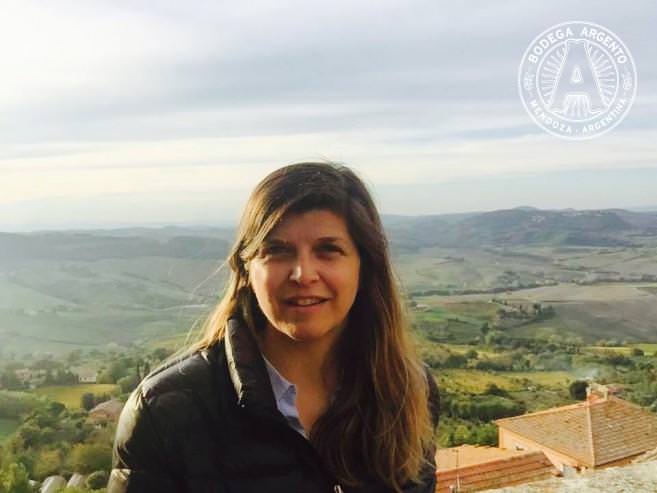
What was your last pairing?
Gabriela: I just did six weeks’ work experience at Girona’s El Celler de Can Roca and there was one that I loved there! Squab with persimmon paired with Ageno 2011, Stoppa, an orange wine from Italy. And at my restaurant, El Baqeuano, goat tongue, river fish and yellow curry teamed with a Torrontés that’s seen a little wood, Laborum Oak Fermented Torrontés 2012.
Juan: Some special cheeses to play with different styles of wines. Although I do insist that the best pairing is to find a wine you like and share it with pleasant company.
Mariano: A sharp Sauvignon Blanc from Patagonia with a lentil stew… I know it’s a risky pairing, but I really enjoy that feeling when a crispy wine cleans and refreshes your palate after an intense bite.
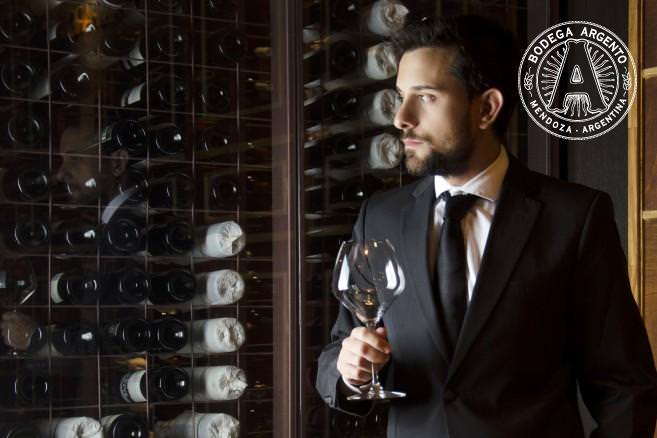
Matías: My last great pairing was a 15-year-old Malmsey with mature goat cheese and pecan and walnuts. Fortunately it was for me and some friends!
Valeria: Recommending that the client opts for a pairing. It’s important to present consumers with the possibility that they try this experience. While a lot of people are familiar with the word, in fact there’s a long path with respect to communicating and developing this kind of experience. Today, as a whole, we work in a very farming-based way and every last detail of these small places of origin is analysed. Soils are meticulously studied, as are those little bubbles that have a unique microclimate. And all to give a wine a clear identity. It’s a job that isn’t often enjoyed or doesn’t perceive everything if the appropriate meal isn’t chosen to accompany it. And beyond flavours, it’s important to know that the pairing defends and makes the most faithful of flavours stand out with respect to that drink and food in particular.
What did you drink last night?
Gabriela: A Vega Sicilia Oremus Aszú 5 Puttonyos 2005.
Juan: Cruz de Piedra Extra Brut 100 % Pinot Noir, Charmat method but made ‘lungo’. This process reflects fruit purity, vitality, elegance and the freshness of Pinot Noir, but there are also yeast and brioche notes. It’s a balanced and versatile product.
Mariano: Dingač 2010, an intense Croatian red with the local Plavac Mali grape at its core… a luxury that goes with the job, of course.
Matías: Last night I drank a few gin and tonics while enjoying a football match. A simple but refreshing cocktail that does the perfect apéritif job.
Valeria: A glass of Entrevero Green Blend 2013. A medium-complex and balanced red blend that looks for Agrelo’s elegance.
What’s your favourite wine region in Argentina?
Gabriela: Definitely… Uco Valley! Because of the differences in soils marking distinctive styles, of everything that we have yet to discover and because it’s definitively an incredible place.
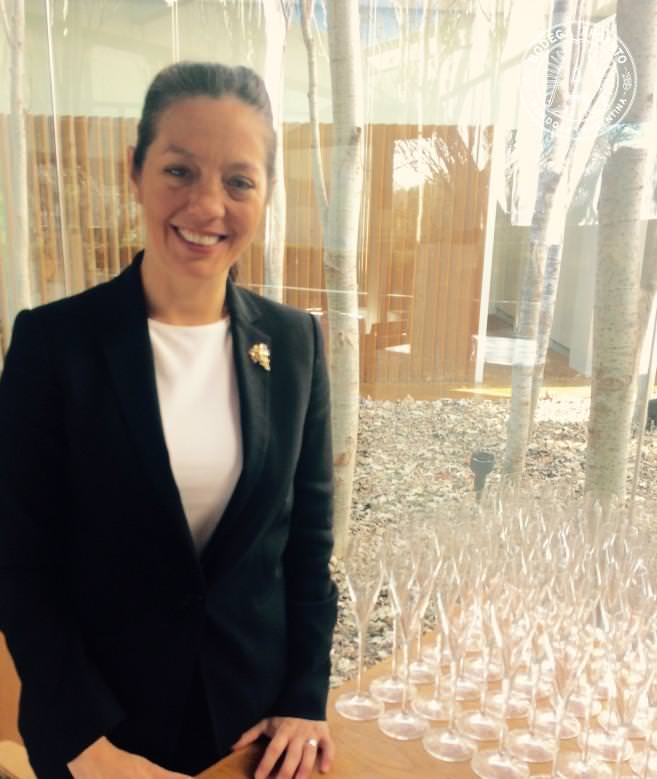
Juan: My favourite wine region is Uco Valley and the Tupungato subregion. With elevation of more than 3,200 feet, refined, cooler-climate reds and whites are gaining fame.
Mariano: Salta? Yes, that might be my favourite one. Those wines are so different, so wild, so spicy, so charming, that it’s impossible not to fall in love with them.
Matías: Mainque in Río Negro. Where some of the very best wines in Argentina come from.
Valeria: Each one has something that characterises it, making it unique and special. And we are working them more and discovering more new exponents. I’ll choose Altamira. Because I’ve liked it for a long time, and its style is concrete and consistent. I also like the southern Patagonian regions. I think there’s a lot of potential there.
What’s your favourite wine region in the rest of the world?
Gabriela: For a while I used to think it was Chablis in Burgundy, but I was lucky enough to go to Loire Valley and come face to face with Chenin Blanc. Notorious diversity between its wines and styles; there’s also a lot of natural wine producers. I was really surprised by it.
Juan: Tuscany and Brunello di Montalcino in Italy, thanks to the romantic glamour of its endless rolling hills, cypress-lined country roads and hilltop villages. But even without all of this, evaluating just its wines, Tuscany stands tall, its reputation founded on iconic wines such as Brunello di Montalcino, made exclusively from Sangiovese grapes grown on the slopes around Montalcino.
Mariano: I have a special affinity with Spain as a whole, and Tempranillo’s diversity in each little corner of the country. But if I had to choose a region, I’d say for its people, gastronomy, city and mystique behind its production, it would have to be Jerez de la Frontera and its fortified wines.
Matías: Mosel. Their wines, their people, the sightseeing, everything is mind-blowing. I think Mosel and Germany will be the next place the world will look to as great wines are being produced in much more volume than in the past. And the world’s thirst for whites is demanding wines like those.

Valeria: Bourgogne. I can’t clearly explain why its wines, geography and culture fascinate me so much. It was one of the first wine regions I visited outside my country and the impact it generated is unforgettable. Its Pinot Noirs and Chardonnays are special, different from all the rest. Some regions in Vallée du Rhône provoke something similar inside me but I have to choose one!
What’s your favourite Argento wine?
Gabriela: Argento Reserva Cabernet Franc.
Juan: The elegant Pinot Grigio offers the most delicate aromas of flowers and tropical fruits. Light and clean, with peach and white pear flavours, chamomile notes and a fresh, bright finish.
Mariano: Argento Malbec Clásico is one of Argentina’s labels that you can usually find abroad.
Matías: Argento Pinot Grigio.
Valeria: Argento Reserva Malbec.
Follow the event on social media #BestWorldSommARG2016


Latest posts by Sorrel Moseley-Williams (see all)
- AND THE BEST SOMMELIER IN ARGENTINA IS… - December 12, 2017
- CUATRO ESQUINAS: FOUR CLASSIC CORNER RESTAURANTS IN BUENOS AIRES - March 28, 2017
- Romance in Argentina: Dating Tips and Advice - February 10, 2017

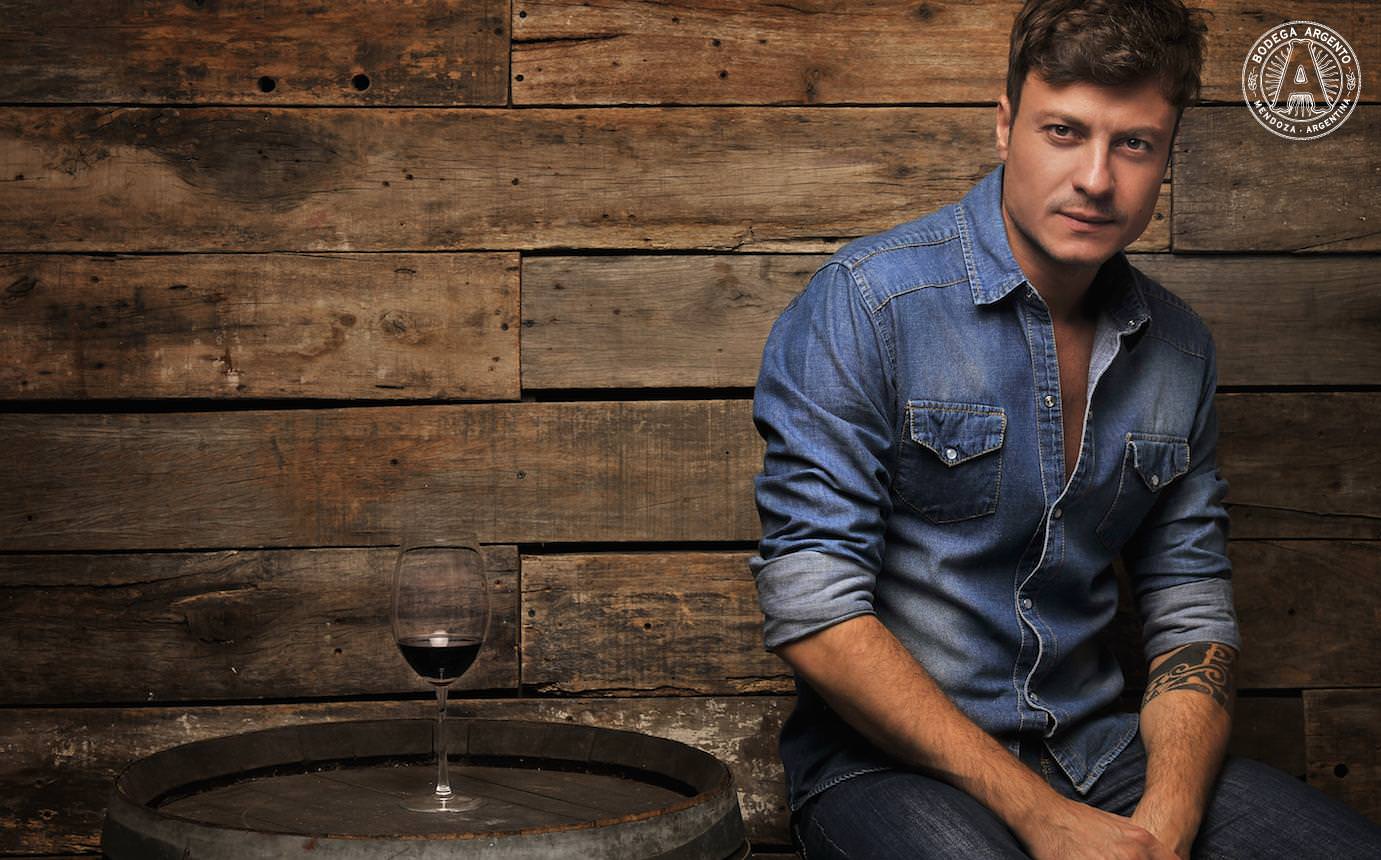
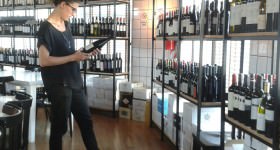 YOUNG SOMMS RISE THROUGH THE RANKS
YOUNG SOMMS RISE THROUGH THE RANKS  ARGENTINA’S GREAT SOMM HOPE #2: PAZ LEVINSON
ARGENTINA’S GREAT SOMM HOPE #2: PAZ LEVINSON  WHAT’S THE BEEF? OUR INSIDER’S GUIDE ON THE BEST CUTS TO ORDER AND WHERE IN BUENOS AIRES
WHAT’S THE BEEF? OUR INSIDER’S GUIDE ON THE BEST CUTS TO ORDER AND WHERE IN BUENOS AIRES 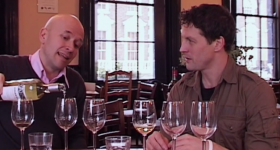 Wine Tasting in Argentina: Interview with Three Top Sommeliers
Wine Tasting in Argentina: Interview with Three Top Sommeliers  ‘Take 5’ Food & Wine Pairings from Top Argentine Sommeliers
‘Take 5’ Food & Wine Pairings from Top Argentine Sommeliers  ARGENTINA’S GREAT SOMM HOPE #1: MARTÍN BRUNO
ARGENTINA’S GREAT SOMM HOPE #1: MARTÍN BRUNO 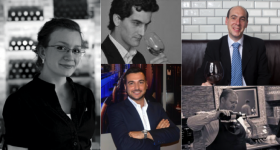 ‘Take 5’ Global Sommeliers: Argentine Food & Wine Pairings
‘Take 5’ Global Sommeliers: Argentine Food & Wine Pairings 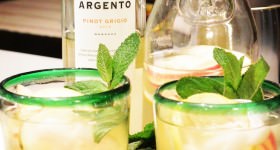 The Best Wine-Based Cocktails of Buenos Aires
The Best Wine-Based Cocktails of Buenos Aires  Argentina’s Top Sommeliers
Argentina’s Top Sommeliers 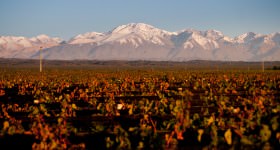 AN ARGENTINE FIRST: BACKSTAGE AT THE CONTEST OF THE BEST SOMMELIER OF THE WORLD
AN ARGENTINE FIRST: BACKSTAGE AT THE CONTEST OF THE BEST SOMMELIER OF THE WORLD